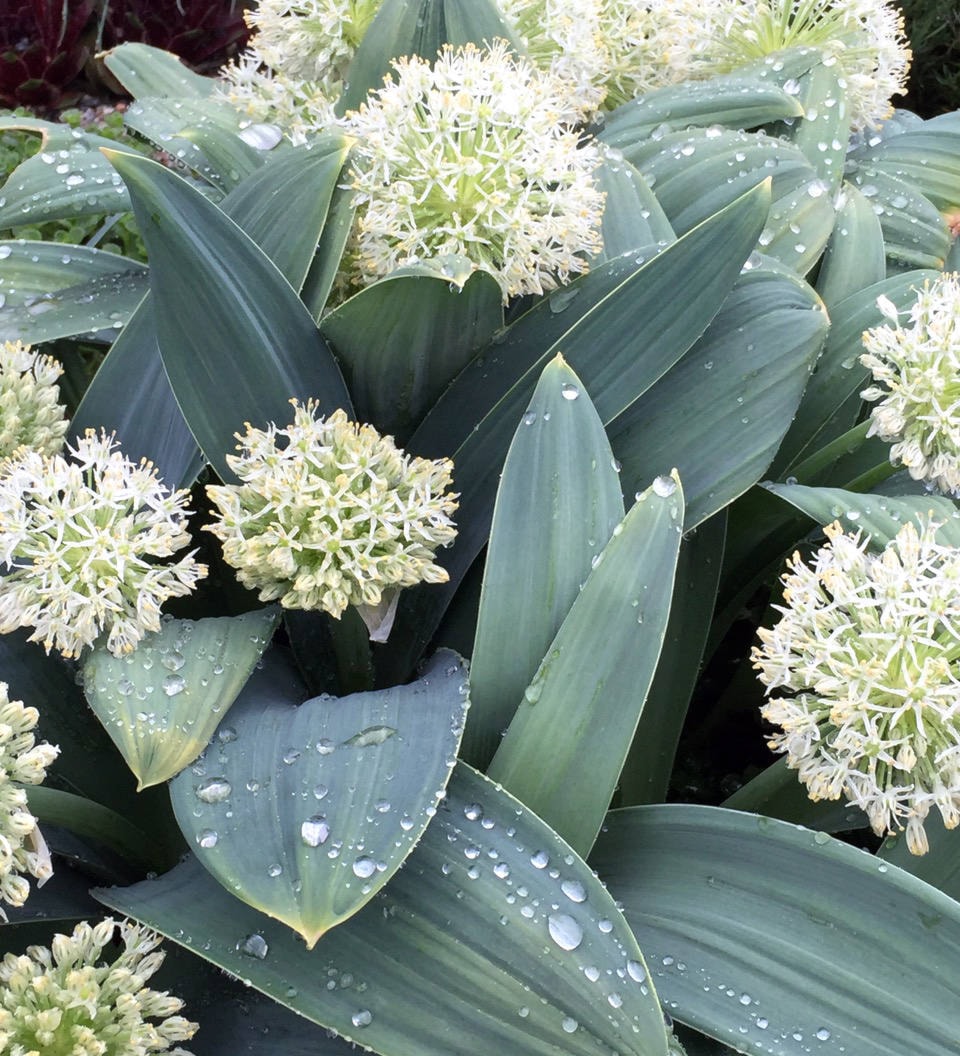When so many gardeners are seeing prize plants becoming breakfast and dinner for the burgeoning urban deer population, it feels like nothing is deer-resistant anymore. However there are still plants they don’t touch.
Ornamental grasses remain off the menu. There are many to choose from including drought tolerant species such as blue fescue, blue oat grass, blue gramma grass and our native bluebunch wheatgrass.
Taller ones include feather reed grass and hardy pampas grass (Saccharum ravennae). Both benefit from a bit of supplemental water.
Ornamental grasses are easy to maintain: cut them to about four inches above ground in spring before they begin re-growing. www.bluestem.ca is an excellent resource for ornamental grass information.
Be sure to choose clump-forming species to avoid invasive grasses.Grasses can be inter-planted with spring bulbs to give early colour. Later, they will grow up to hide dying bulb foliage.
Narcissus (daffodil) bulbs are poisonous and left alone by all animals.
There are early, mid, and late season varieties to extend the blooming season. If you want them to multiply, choose ones labelled ‘naturalizing’ on the package.
Crown imperial lilies have a slight skunk odour that deters deer. They are sometimes planted near deer-vulnerable bulbs to deter deer. Do not use tulips as they are deer candy.
Ornamental onions (alliums), available along with spring blooming bulbs at nurseries in the fall, are also deer-proof and very drought tolerant. There are many to choose from with various bloom periods from late April though June.
Allium Globemaster grows three to four feet tall. Allium giganteum grows up to five feet tall.
Allium christophii (star of Persia) is one to two feet tall with the largest bloom - about 12 inches in diameter. They are an excellent dried flower.
With these and most of the alliums, the foliage begins to die back before the bloom opens so I recommend planting them where leaves will be hidden by other plants.
There are several varieties that multiply profusely including drumstick allium and Allium moly.
It’s best to research plant characteristics before purchasing.
Chives are alliums too, but they grow all season. The common culinary blooms now and then is messy for awhile until new leaves grow. I much prefer garlic chives that bloom in the fall. The flat umbels of white flowers are delightful and much loved by pollinators. The foliage stays abundant and useable all season.
Deer do not like plants with aromatic foliage.
These would include lavenders, yarrows, sages, nepetas (catnip), thymes, Russian sages, marigolds, and junipers. All are drought tolerant.
I welcome your comments on what the deer don’t eat in your garden. If they are eating anything I’ve written about as deer-resistant, please let me know at info@okanaganxeriscape.org
The City of Kelowna and OXA, are sponsoring ‘Homeowners Irrigation and Landscaping Information Session’, Saturday, May 26 from noon to 4 p.m. at the Kinsmen Field House, 3975 Gordon Drive. RSVP to watersmart@kelowna.ca for this free presentation.
Gwen Steele is executive-director of the non-profit Okanagan Xeriscape Association.
